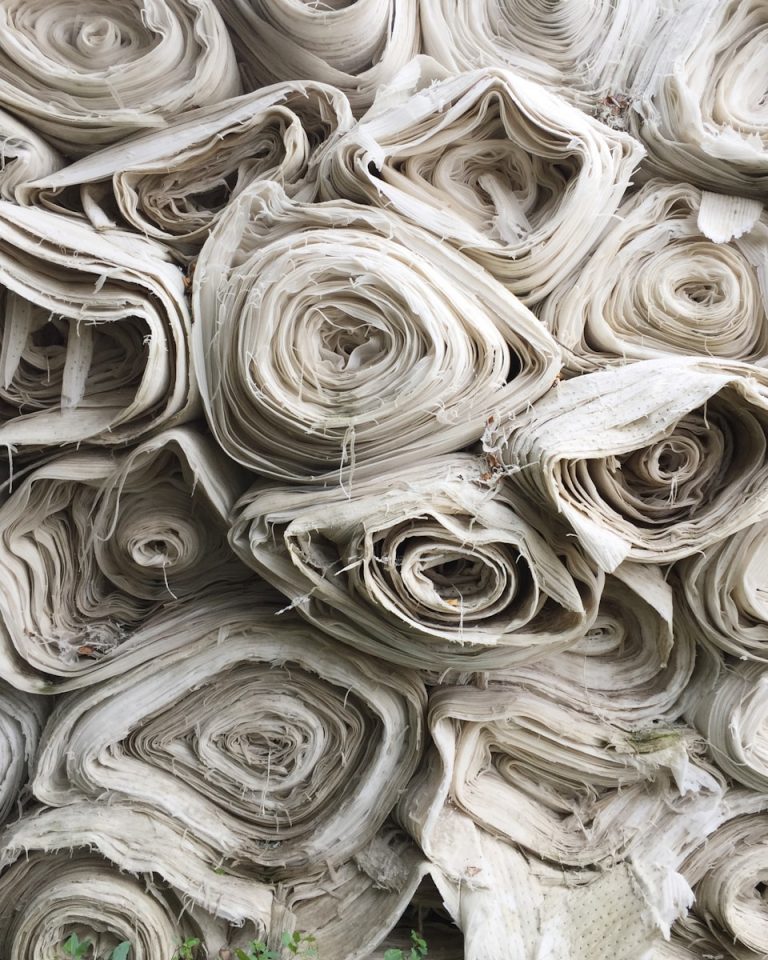Selecting the fabric is crucial when planning a captivating stage performance. These fabrics offer benefits, such, as the ability to appear either see through or solid based on the lighting used. This versatility is essential for producing mesmerizing effects that engage audiences and enrich the narrative aspect of any play. In this piece we will walk you through the factors to consider when selecting the scrim for your stage show enabling you to craft breathtaking scenes effortlessly and enhance your productions overall impact.
Varieties of Scrim Fabrics
There are types of fabrics available each tailored to different theatrical requirements and effects. Common options include sharks tooth scrim, bobbinet and leno. Sharks tooth scrim is recognized for its durability and effectiveness, in creating transitions.
This particular type of scrim fabrics, theatrical scrim has a design that enables it to transition, from being see through to opaque depending on the angle of the lighting making it incredibly versatile for different settings. Meanwhile bobbinet fabric is known for its weave. Is commonly used in lightweight applications where a delicate look is desired. Leno mesh features a weave that offers added durability and stability which proves beneficial for backgrounds or intricate stage setups. The selection of mesh fabrics for purposes largely depends on the specific visual affects you wish to achieve and the practical needs of your production.
The Relationship between Lighting and Mesh Effectiveness
A captivating aspect of fabric lies in its ability to change appearance with lighting. The dual characteristic of mesh—appearing solid when illuminated from the front and translucent when lit from behind—makes it a valuable tool for creating reveals and scene transitions. Through use mesh can enhance the depth of your production infusing scenes with vibrancy and interest. A comprehension of how lighting techniques interact with mesh can significantly elevate the narrative of your production. By experimenting with lighting positions, hues and intensities you can master this element manipulating how spectators perceive events and crafting moments, on stage.
Using lighting design effectively is an art, in itself. When paired with the use of scrim it can elevate the sophistication of your performance to a whole new level.
Considerations for Choosing Scrim
When selecting scrim, it’s essential to take into account factors like color, weave density and material as they play a role in determining the look and functionality of the scrim. The color choice can influence the atmosphere of the production. Affect how visible actors and props are on stage. Darker hues can create an ambiance while lighter shades can give scenes a spacious and airy feel. Weave density determines how light filters through the fabric impacting its transparency. A tighter weave results in opacity whereas a looser weave allows light to pass through for a transparent effect. Different materials like cotton or synthetic fibers offer benefits such as durability, cost effectiveness and visual appeal. For example, cotton scrim provides a natural matte finish with reflectivity while synthetic options offer enhanced durability and wrinkle resistance. By considering these elements you can ensure that your choice of scrim perfectly aligns with both preferences and practical requirements, for your production.
Taking Care of Your Scrim Fabric
It’s crucial to care for and maintain fabrics to uphold their quality and durability. Since scrim is delicate it’s important to handle it with care to prevent any damage. Regularly check for tears or signs of wear. Promptly address any issues to prevent damage. When cleaning be gentle. Use detergents while avoiding harsh chemicals that could harm the fabric. Follow any cleaning instructions provided by the manufacturer for results.
After cleaning store, the scrim in a place – it’s best to roll it up instead of folding to avoid creases. Proper storage conditions will help maintain the fabrics integrity over time ensuring it stays in condition, for use. By investing in care and maintenance you not prolong the life of your scrim but also ensure it continues to provide high quality visual effects essential for an outstanding performance.
In Conclusion
Selecting the right scrim fabric is vital for the success of your stage production. Understanding types of scrims considering lighting effects and paying attention to details, like color, weave density and material can help you make choices that enhance your performance.
Consistently tending to. Looking after your scrim fabric will help keep it in top notch shape ensuring it dazzles audiences every time. By choosing and taking care of your scrim you can infuse a touch of magic into your shows allowing you to craft unforgettable scenes that resonate with your viewers. With this insight you’re all set to craft impactful moments that highlight the unique qualities of scrim materials.


0 Comments